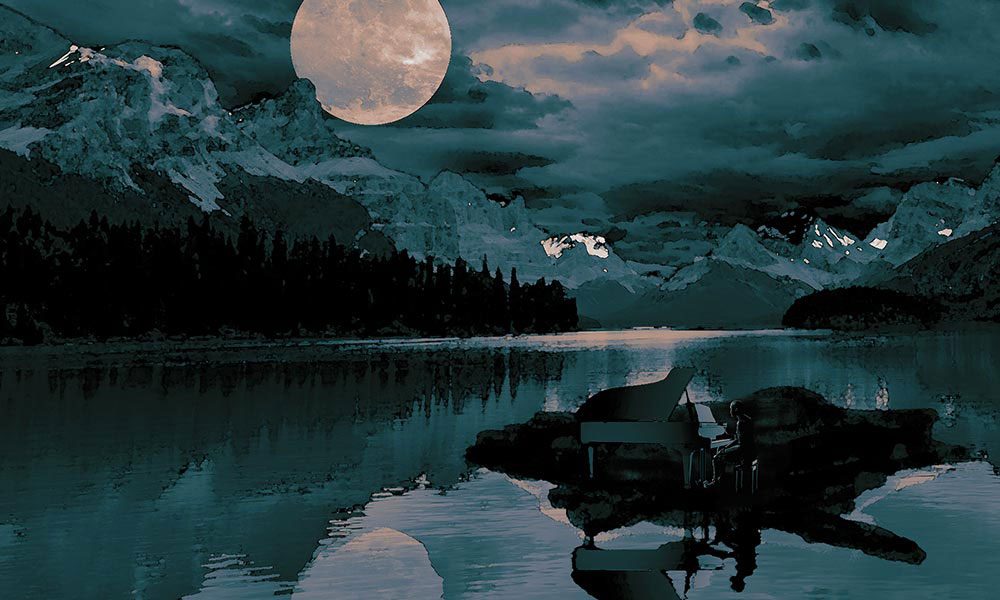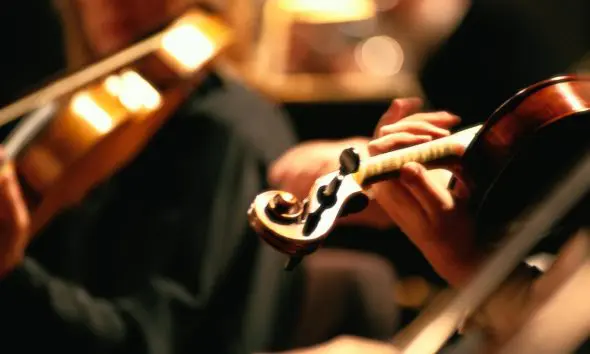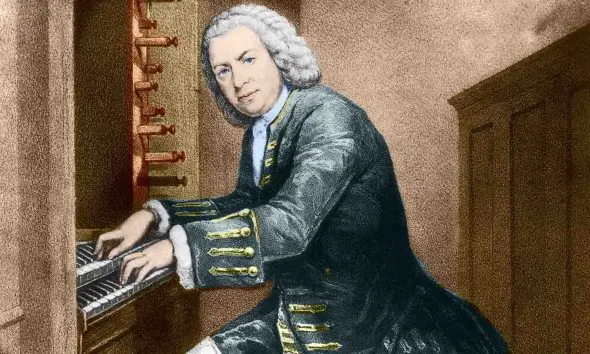Debussy’s ‘Clair De Lune’: The Story Behind The Masterpiece
Discover the story behind Debussy’s best-loved piano piece ‘Clair De Lune’ and watch Lang Lang performing the masterpiece.

‘Clair De Lune’ is perhaps Debussy’s best-loved piano piece – and that is saying quite a lot, given the wealth of his output for the instrument. It is the third number (the “slow movement”, if you like) of his Suite Bergamasque, but has acquired a life of its own over and above that of its siblings. Yet it is far from being the one and only piece of that title. Listen to our recommended recording of Debussy’s ‘Clair De Lune’ from Lang Lang’s Piano Book and scroll down to discover the story behind the masterpiece.
Debussy’s ‘Clair De Lune’: The story behind the masterpiece
Debussy actually wrote three ‘Clair De Lunes’. The idea is from a poem by Paul Verlaine in his collection entitled Fêtes Galantes, themselves inspired by the paintings of Jean-Antoine Watteau (1684-1721). Debussy set six of these poems to music, including this one, first in 1882, then again in 1891. The piano piece dates originally from 1890 and was revised in 1905.
The soul of Symbolism
Watteau’s paintings are stylised, delicate portrayals of courtly life and love in idyllic pastoral settings, the protagonists sometimes costumed for masquerades as Commedia Dell’Arte characters (Harlequin, Pierrot, Columbine, et al). Verlaine took up this atmosphere of disguise and implied hidden desires and carried it into the late 19th century’s Symbolist era, an artistic and literary movement in which nothing can be taken at face value. Everything we perceive becomes a symbol or concealment for something else; our own minds must make subconscious connections to reach the heart of the matter.
“Your soul is a choice landscape, in which there roam charming maskers and bergamaskers, playing the lute and dancing, as if sad beneath their fantastical disguises,” Verlaine writes in ‘Clair De Lune’ (you’ve probably already noticed that the title of Debussy’s entire piano suite comes from this). They sing “in the minor mode”, he writes, about the victories of life and love, while never seeming to believe in their own happiness. Their songs mingle with the calm moonlight, “sad and beautiful”, while the birds dream in the trees and between marble statues great fountains sob with ecstasy.
By the end of the poem, we may have forgotten the implication of its first line: this entire exquisite, languid scene is actually within the soul of the poet’s beloved. What does that mean? As we listen, it’s up to each of us to decide.
Can we hear the poem in Debussy’s music?
Only to a certain degree, perhaps – because originally the piece had a completely different title, which was ‘Promenade Sentimentale’. That, too, is from Verlaine, after verses from his Poèmes Saturniens. But when Debussy decided to switch to the more descriptive and precise ‘Clair De Lune’, he probably had a good reason to do so. The work shares the poem’s delicacy, its plangent yet subtle suggestions of mingled sorrow and beauty, and the ‘blue note’ in the middle section – which seems almost to evoke those weeping fountains – encapsulates a certain atmosphere that permeates the entire piece. In his introductory video, Lang Lang emphasises ‘Clair De Lune’s’ pictorial nature and likens it to Debussy “creating the most beautiful, artistic movie in the world”.
The structure is in three parts. First there’s the whispered melody that breaks into freely rhapsodic triplets and rich yet quiet harmonies, then a middle section with a new melody characterised by that ‘blue’ note over a rippling accompaniment; this builds up to a gentle climax before the music subsides towards the return of the first theme, high in the treble register. A reminiscence of the middle section forms a short coda, and the piece closes in the upward-gazing contemplation in which it began.
Can I play it? – featuring a lesson with Lang Lang
In terms of piano technique ‘Clair De Lune’ is simpler than many of Debussy’s other pieces, but it does have complications of its own. In particular, we need to pay attention to the quality of touch and sound and the subtle gradations of dynamics within those mainly muted colours.
Lang Lang says the opening of Debussy’s ‘Clair De Lune’ is like glimpsing the moon through the trees, “perhaps a half moon”, gaining clarity now and then. Listen to the way he makes interesting use of the pedal in the opening lines – “With the pedal you can really create that sense of space,” he suggests.
In the middle section of ‘Clair De Lune’ Lang Lang relishes the “blurriness” when “the clouds are chasing the moon”. After the soft first measures, a new colour emerges when the sound strengthens from the bass upwards and his tone in the treble becomes more luminous, at least temporarily. This is the richness of detail we can happily aim for when interpreting the piece.
Debussy’s own advice on how to play ‘Clair De Lune’
Interestingly, we also have Debussy’s own advice on how to play ‘Clair De Lune’. The pianist Maurice Dumesnil once visited the composer for a coaching session and wrote an article about what he had learned. He reports that Debussy did not want the triplets in the first section to be too strictly in time: there should be “a general flexibility”. Dumesnil then says the composer advised him “to depress the two pedals before starting, so that the overtones would vibrate immediately upon contact.”
In the middle section, rising to the piece’s most emotionally expressive moment, Debussy told him not to exaggerate the crescendo or the rubato, but keep the expression dignified: anything suggesting the excesses of Italian opera must be avoided! And here is how he says Debussy described the middle section: “The left hand arpeggios should be fluid, mellow, drowned in pedal, as if played by a harp on a background of strings.” Perfect.
Recommended Recording
Debussy’s ‘Clair De Lune’ is featured on Lang Lang’s album Piano Book – a collection of pieces that first inspired Lang Lang to play the piano as a child and led him on his path to international stardom. Lang Lang said, “I dedicate this album to my wonderful piano students and all my friends around the world who love the piano as much as I do.”






